Tirthan Valley treks
Outstanding treks for entering the intimacy of the magical Tirthan valley.
Those who want to approach the Tirthan valley by car only will have a very poor experience of the place compared to those who will continue on foot after Gushaini. The higher part of the valley is a protected area in the Great Himalayan National Park and therefore one needs to go hiking as there is no more roads.
The trek to Rolla is a very short introduction that can be extended to Shilt and Rakhundi. But in case you want to meet the real Tirthan and its wild environment you will have to go further.
The next step after Rolla is called Chalocha, a small riverside campsite. From Chalocha you need to climb to a large meadow nestled in the hills above the river, Nada Thach.
Nada Thach itself could be a destination which you can do in 5 or even 4 days. But you should not stop there. With an extra day you can reach a very scenic secondary top called Kobri.
In case you have 3 more days, which means 8 in total, you will have the privilege to taste the water at the holy source of the river, going up to the feet of the glaciers out of which originates the Tirthan. This trek is called the Tirth (or Tirath) trek.
In all the cases, after Rolla, you have great chances of spotting some rare birds and mammals including the Blue sheep, the Himalayan Tahr, or even the rare Brown Bear and Snow Leopard. It is our promise you will get yourself amazed by the Himalayan grandeur !
These treks do not require any special mountain skills but you should preferably have some experience of trekking.

Tirthan Valley trek
Duration of your trek
Day-min : The minimum number of days required for the trek
Day-max : The maximum number of days you can spend on this trek. Prolonged itinerary can be discussed with our team.
AWTD : Average walking time per day (<3 : easy, 3 to 5 : moderate, >5 : strenuous)
Altitudes of your trek
Min : Minimum altitude of your trek.
Max : Maximum altitude of your trek.
Ascent : The difference of altitude between the trek starting point and the highest point of the trek.
Descent : The difference of altitude between the highest point of the trek and the trek ending point.
Difficulty of your trek
Stamina : The physical effort involved during your trek. Rated from 0 (easiest) to 100 (most strenuous). If you have an average fitness you can consider all the treks up to 50. See here for more details
Technical : Difficulty of your trek in terms of exposure to danger and required experience.
0 to 20 : No difficulties,
20 to 40 : Walking on good mountain trails,
40 to 60 : Some walking on difficult mountain trails (steep slopes, rocks, etc.),
60 to 80: You are exposed to some dangers (void, snow, falling rocks, etc.),
80 to 100 : Experience required (please inquire).
Overall : Average between Stamina and Technical rating.
Nada and Kobri top
Duration
Altitudes
Difficulty
Tirth and Saketi
Duration
Altitudes
Difficulty


Tirthan valley – Best time to visit
The Tirthan valley is under the influence of the monsoon. Although you can visit the Tirthan valley during the monsoon (July to September) we do not recommend you trekking from mid-July to early September.
The higher part of the valley remain covered by snow up to May and the snowfalls can start from the month of November.
Hence the best time to trek to Kobri and Tirth in the Tirthan valley is mid-May to June, and then mid-September to early November.
You may also consider early July. And if you go up to Nada only you can come from the month of April.
JAN
Avoid
FEB
Avoid
MAR
You may go
APR
You may go
MAY
Best time to go
JUN
Best time to go
JUL
You may go
AUG
Avoid
SEP
You may go
OCT
Best time to go
NOV
Best time to go
DEC
Avoid
Tirthan valley hotels
You may need/like to spend a comfortable night in the Tirthan valley before or/and after your trek.
There are guest houses and homestays in the part of the Tirthan valley which not located inside the Great Himalayan national Park. We can book rooms for you in these small establishment.
There are no “real” hotels in the valley and that’s better. The smaller the infrastructures are, the better is your ecotourism experience. You remain far from the crowd and mass tourism !
We have selected for you the best guest houses and homestays in the valley so that you can enjoy the local hospitality and the tasty food !
Once the trek starts and you enter the Great Himalayan National Park, there are no more accommodation facilities. You will sleep under our comfortable tents carried by the support staff of Himalayan Ecotourism.
TIRTHAN VALLEY HOTEL
There are no hotels but guest houses and homestays available at the start and at the end of your trek in the ecozone of the GHNP. Have a simple but comfortable and friendly stay !
TIRTHAN VALLEY ACCOMMODATION
The only way to sleep while on trek : under tents ! Be sure to have the most reliable and comfortable camping equipment with Himalayan Ecotourism. On the photo our Platinum camping equipment with a dining tent available on request for large groups.
How to get to the Tirthan Valley ?
The Tirthan valley is located in the Kullu District of Himachal Pradesh. The valley is accessible from the main highway going to Manali.
Most probably you will be coming to the valley by road. There is also an airport nearby (Kullu – Bhunter) but the flights are relatively expensive.
The most common way to reach the Tirthan valley is to take an overnight bus from Delhi to Manali and to get off the bus at Aut. We will pick you up from Aut with our own taxi.
The travel from Delhi to Aut takes about 12 hours but you can sleep in the bus (semi-sleeper seats). You will find more information here.
You could also come with your own vehicle from any places in the Northern India. In this case you can follow the instructions given in the map below.
From our gallery
More photos of the Nada/Kobri trek
Itinerary
Day One : Rolla
| Timing | Details |
|---|---|
| Morning | The trek begins at the road-head Gushaini. From there, you trek through the ecozone of the park and along the valley of the Tirthan river to the reach the park gate where the National Park begins. You will pass through 2 villages - Ropa and Kauncha. As your trek is in progress the human population starts decreasing and nature turns into natural wilderness. After walking for 3 hours along the Tirthan River you will reach the park entrance gate. Have your lunch before you enter the park gate. |
| Afternoon | As you cross the park gate you are in the realm of Nature. On your way to Rolla, you will only come across one wood house where lives the last inhabitant of the Park, an old but very charming lady. The path will get narrower and forest will become denser. After hiking for about 45 minutes from the park gate you will reach Rolla Huts and campsite. Enjoy the company of our staff preparing you amazing food, and then spend your first night. |
Day Two : Chalocha
| Timing | Details |
|---|---|
| Morning | Chalocha stage is not really mandatory since you can go straight from Rolla to Nada. But it is then a long and quite strenuous day. The classic itinerary involves a stay at Chalocha. The way to Chalocha is not so obvious since it goes sometime through small bridges, wooden stairs and big rocks in the river bed. It is better to leave Rolla in the morning to reach Chalocha for lunch time. Chalocha is more interesting, wilder, compared to Rolla. It is only a 3 hours hike. |
| Afternoon | You can spend your afternoon enjoying the riverside campsite of Chalocha. Many monkeys go down to the river to get fresh water from the river. We even have spotted the Common Leopard at Chalocha. Don't worry they do not attack humans. Enjoy your time, and get always ready with your camera for the unpredictable event. Have a comfortable evening with a good bonfire. Chalocha is definitively an awesome forested spot by the riverside. |
Day Three : Nada thach
| Timing | Details |
|---|---|
| Morning | There will be no transition today. From the river you have to climb a very steep trail winding in a dense forest. What an amazing feeling to get yourself at a higher altitude very fast and make the higher peaks of the GHNP out through the branches of oak and cedar trees. Have your lunch after 2 hours of climb. After enjoying the scenery your guide will take you on the way to the pass for the Tirthan valley. You move towards the pass on an impressive ridge. Then you suddenly discover the sceneries of the Sainj valley. |
| Afternoon | It will take you about 3 more hours to reach Nada thach. After having climbed 1000 m you finally reach a more or less flat area, a large high altitude meadow, Nada thach. That is when you can observe the scenery around. The meadow is large, surrounded by beautiful forests and open to the higher part of the valley. You will love it. The today's camp will be set up here. |
Day Four : Majhoni
| Timing | Details |
|---|---|
| Morning | Nada Thach is the basecamp for the hike to Kobri (the scenic top above the Tirthan valley) and an important step on the way to Tirth (the sources of Tirthan river). Follows the description of Tirth trek. For today we have a relatively long but lovely trekking day. After having climbed so much yesterday you enjoy some nice descent towards the river again. The trail is not easy. Every year it suffers from landslides and it is poorly maintained, so you progress slowly. But what an adventure ! |
| Afternoon | After reaching the Tirthan river again (at a much higher altitude) you continue following the riverbank. The landscape gradually changes. As far as you progress you enter the realm of higher altitude ecosystems. Between two steps, keep your eyes open, the place is very wild and may offers you great opportunities for seeing large mammals. Majhoni is reached in the afternoon. Spend your evening in this very special environment and feel the excitment of approaching Tirth ! |
Day Five : Tirth
| Timing | Details |
|---|---|
| Morning | You will be full of energy today as the motivation to reach Tirth is huge ! The natural energy of the valley helps even more ! Do not forget that you are in a part of the Himalayas which is so much respected and venerated for centuries ! This morning you cross the treeline. No more forests but bushes and then high altitude pastures. Try to reach the Tirth hut for your lunch, so that you have complete freedom in the afternoon. |
| Afternoon | fter your lunch, the best place to go is called "Saketi", a sacred place from where the Tirthan river originates. It is a large swamp covered with wild herbs & flowers and on which the river waves beautifully. The scenery is absolutely magnificent. The peaks around Tirth are all above 5000 m and carry huge hanging glaciers. The place is also known for its population of blue sheeps, Ibex, Himalayan Tahr and Snow Leopards. Enjoy ! Before the sunset you need to be back at the Tirth hut where the staff has set up the camp and prepared your snacks and diner. |
Day six : Shankha Thach
| TIMING | DETAILS |
|---|---|
| Morning | You pack up everyting after breakfast and go back on the same way toward Nada Thach. |
| Afternoon | You won't have enough time to reach Nada today. Just before the climb to Nada there is a cozy campsite by riverside, Shankha Thach, where you will spend the night. |
Day Seven : Chalocha
| TIMING | DETAILS |
|---|---|
| Morning | Today you will have a choice of two different ways to reach Chalocha. The "normal" way goes via Nada Thach again. This involves a climb before going down again to Chalocha. The other way is a shortcut that remains by the riverside. The logic would tell that the riverside is the best option, but the trail is quite uncertain and have some difficult streches. Not sure about your ability to deal with exposed terrain ? Opt for Nada. Climb to Nada where you can have you lunch. |
| Afternoon | You will be 3 times faster reaching Chalocha from Nada compared to the ascent. Camp at Chalocha |
Day Eight : Gushaini
Nada or Kobri in one day less (4 and 5)
Day 1 From Gushaini to Chalocha.
Day 2 From Chalocha to Nada Thach.
Day 3 From Nada to Kobri OR Nada to Rolla
Day 4 From Nada to Rolla OR Rolla to Gushaini
Day 5 From Rolla to Gushaini
Kobri top in 6 days
Day 1 From Gushaini to Rolla.
Day 2 From Rolla to Chalocha.
Day 3 From Chalocha to Nada Thach.
Day 4 From Nada to Kobri top and back to Nada in the evening.
Day 5 From Nada Thach to Rolla.
Day 6 From Rolla to Gushaini.
Nada Thach in 5 days
Day 1 From Gushaini to Rolla.
Day 2 From Rolla to Chalocha.
Day 3 From Chalocha to Nada.
Day 4 From Nada to Rolla.
Day 5 From Rolla to Gushaini.
Tirth in 6 days
Day 1 From Gushaini to Chalocha.
Day 2 From Chalocha to Balu or Shankha.
Day 3 From Balu or Shankha to Tirth.
Day 4 From Tirth to Shankha.
Day 5 From Shankha to Chalocha.
Day 6 From Chalocha to Gushaini.
Tirth in 7 days
Day 1 From Gushaini to Chalocha.
Day 2 From Chalocha to Nada.
Day 3 From Nada to Majhoni.
Day 4 From Majhoni to Tirth (+ Saketi).
Day 5 From Tirth to Shankha.
Day 6 From Shankha to Chalocha.
Day 7 From Chalocha to Gushaini.
Tirth and Kobri in 8 days
Day 1 From Gushaini to Chalocha.
Day 2 From Chalocha to Nada.
Day 3 Day hike to Kobri. Stay at Nada.
Day 4 From Nada to Majhoni.
Day 5 From Majhoni to Tirth (+ Saketi).
Day 6 From Tirth to Shankha.
Day 7 From Shankha to Chalocha.
Day 8 From Chalocha to Gushaini.
Gallery
More photos of the Nada/Kobri trek
Share your feedback
Thank you for sharing your experience! Your feedback is invaluable and inspires fellow travelers to choose responsible tourism when they journey with us.






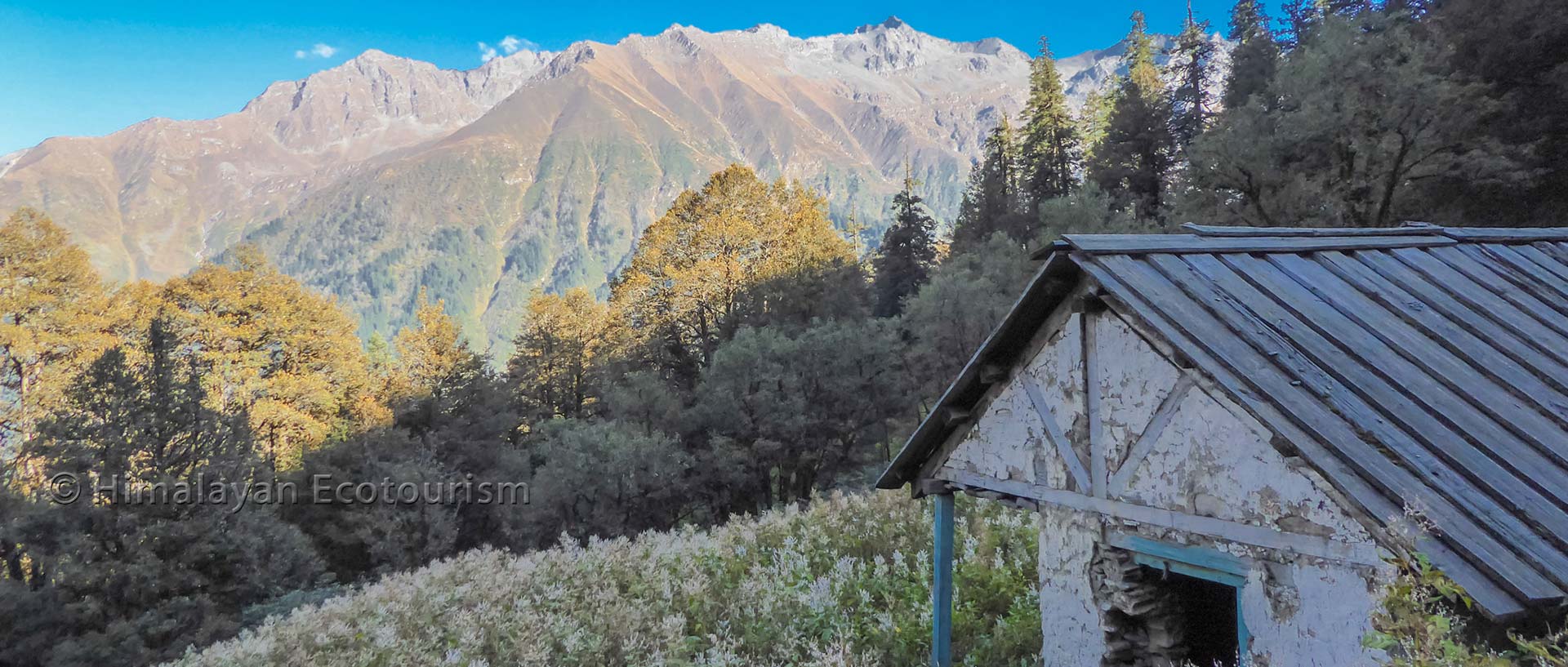




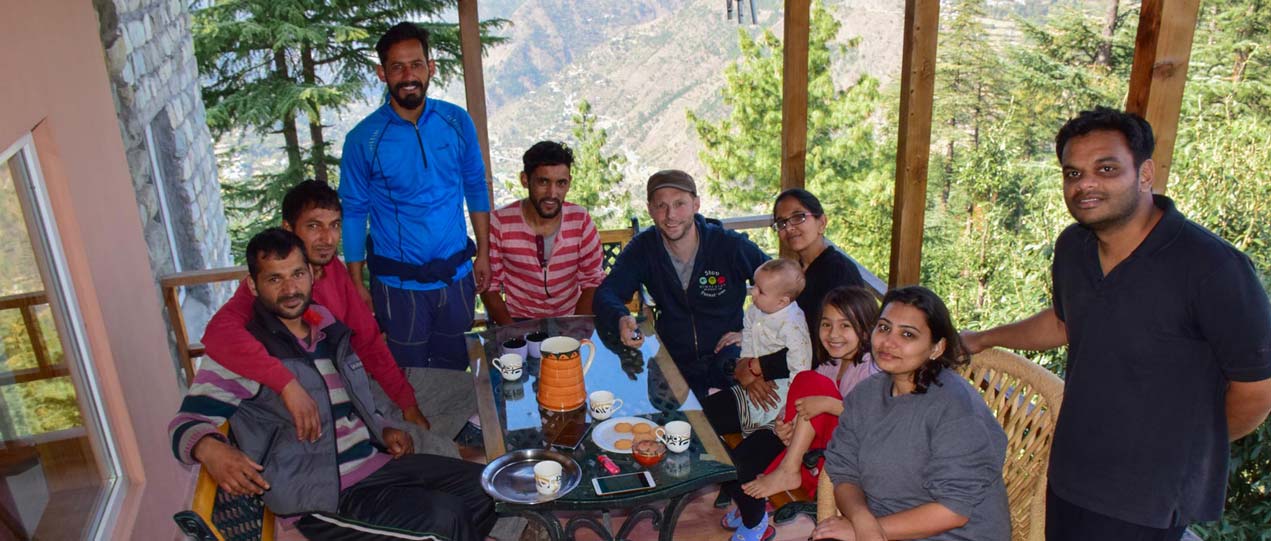
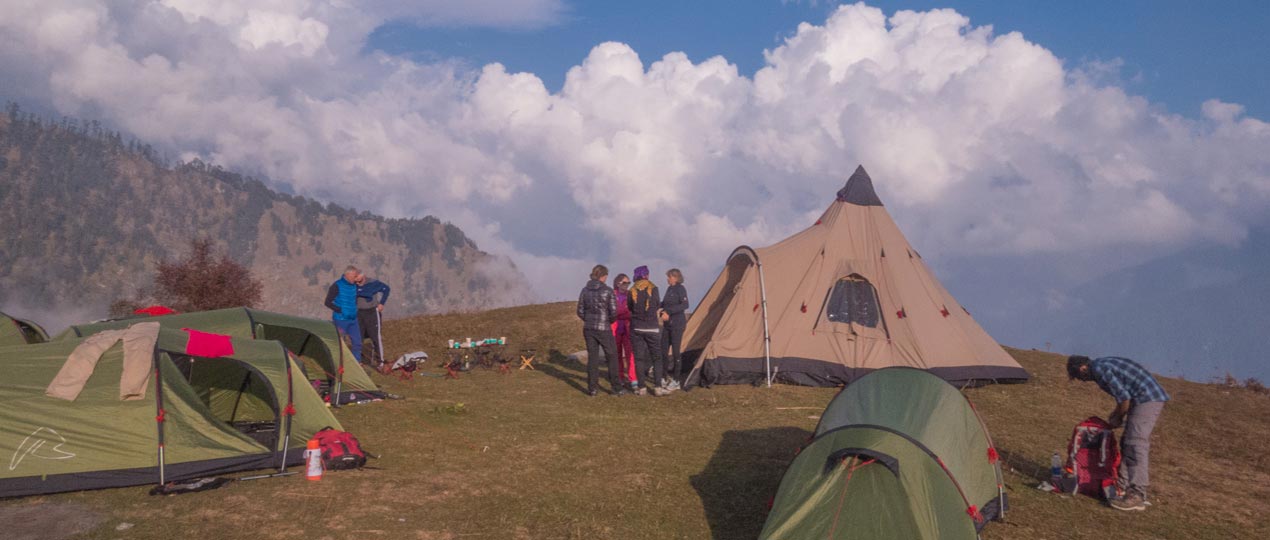


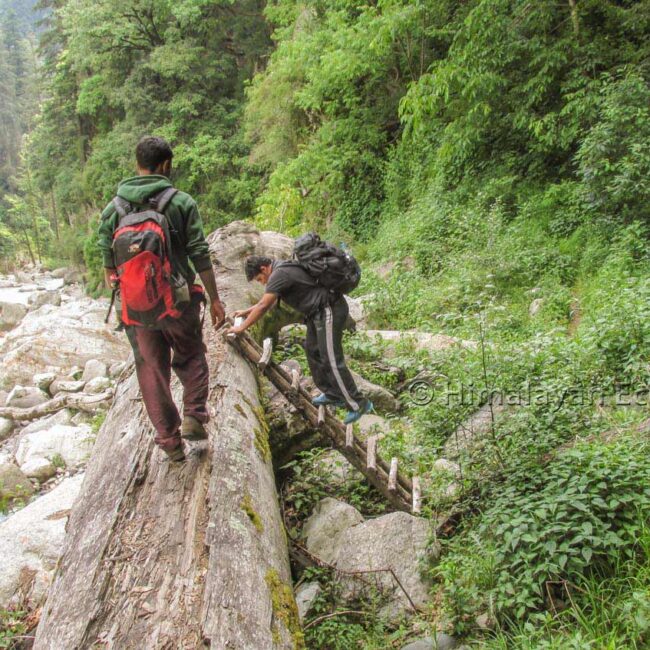

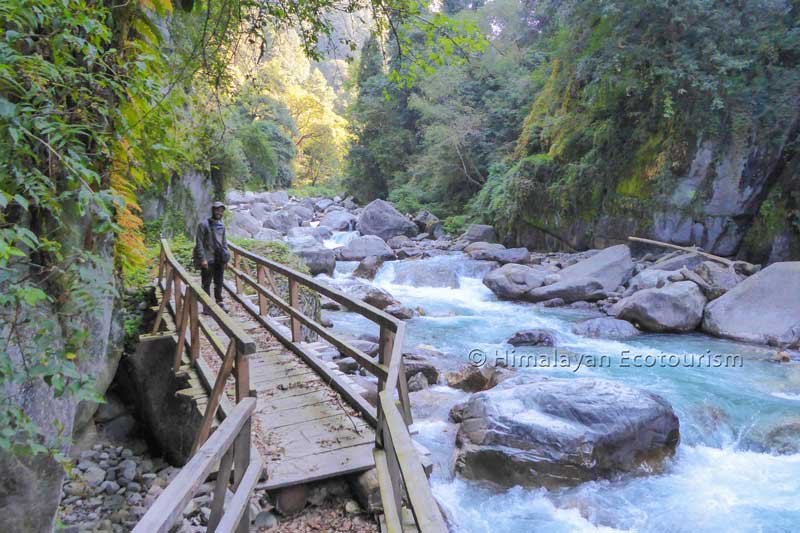





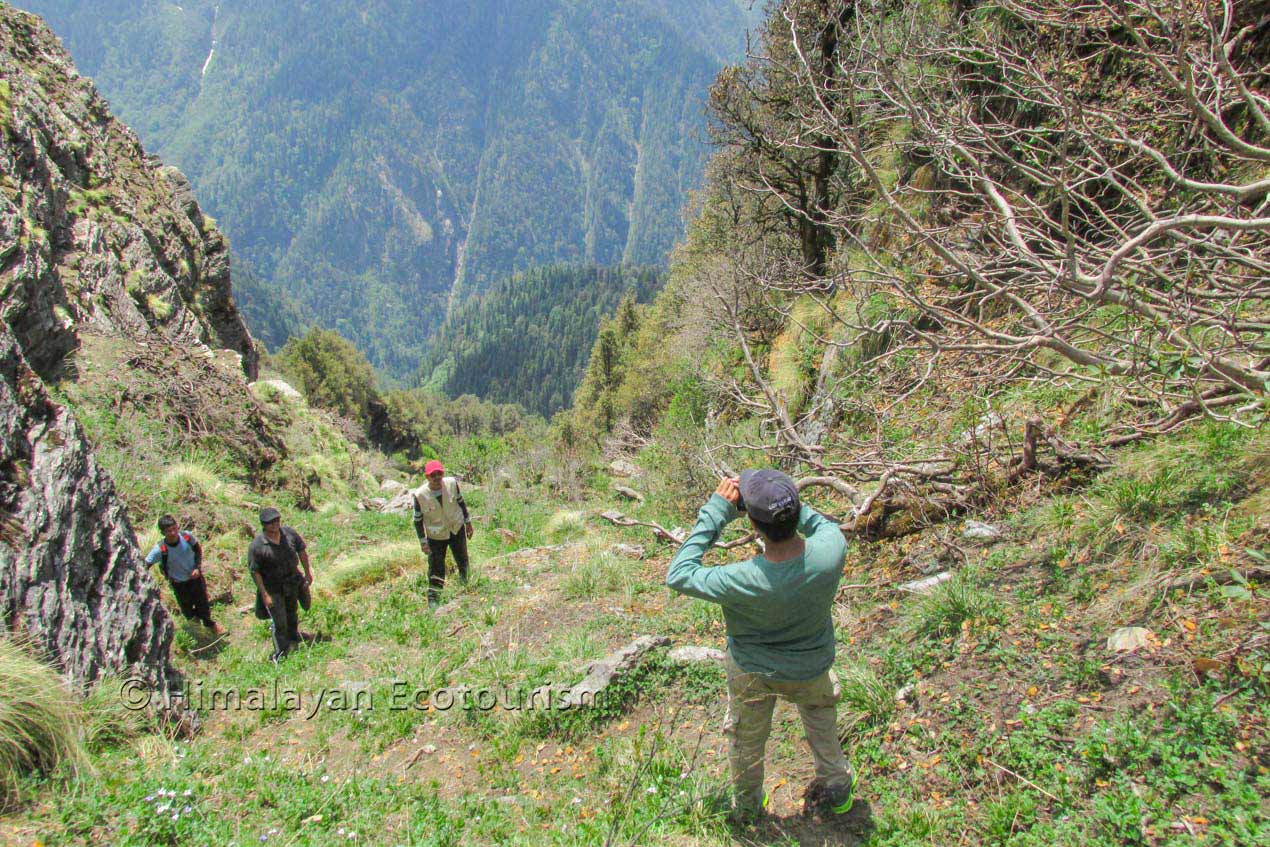
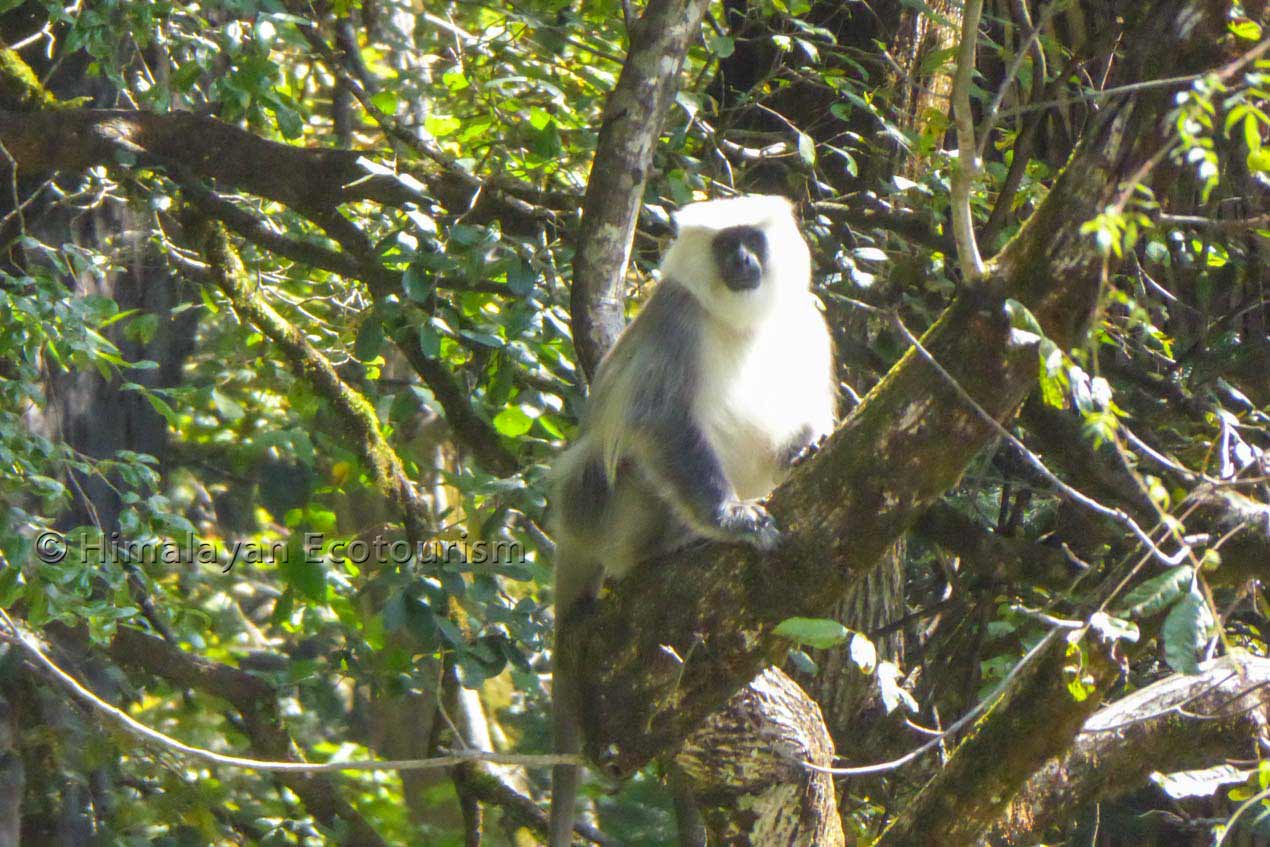






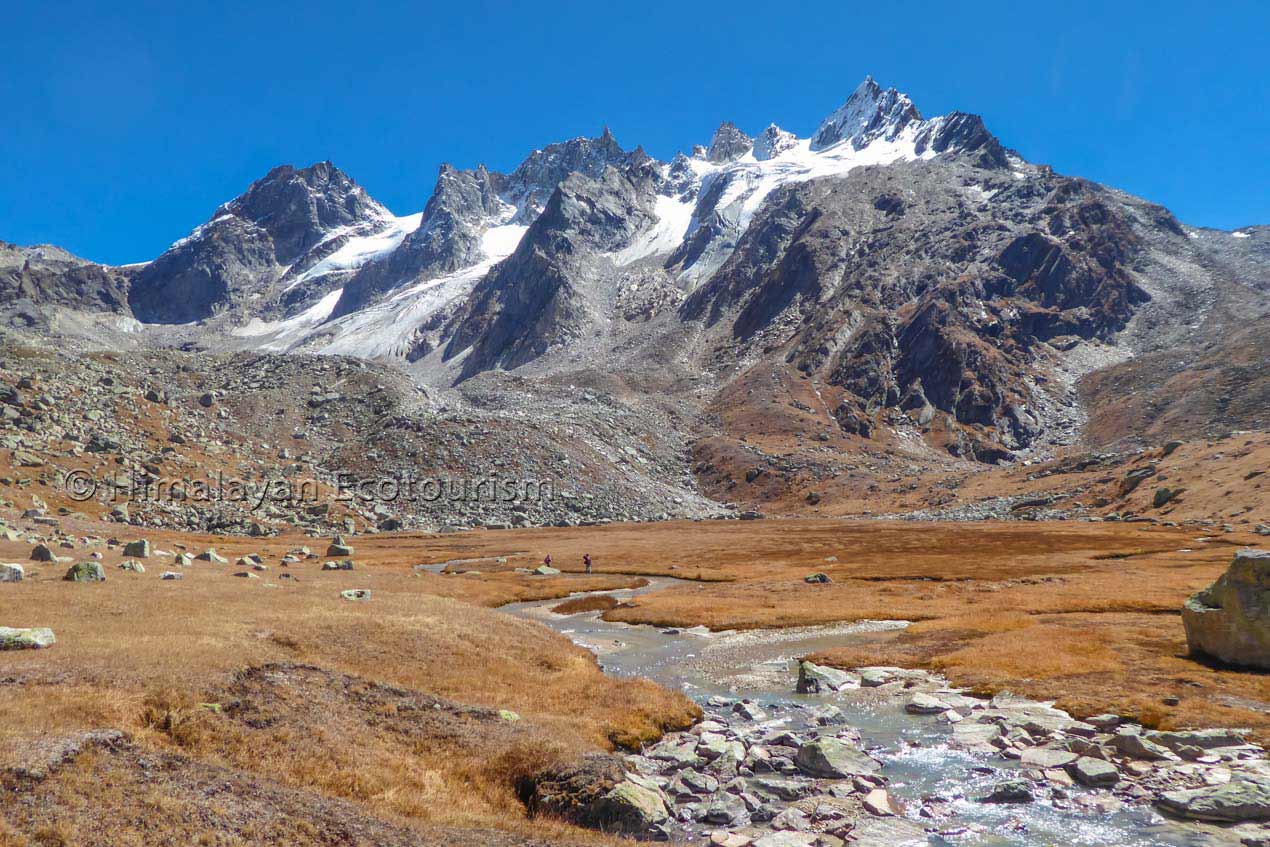

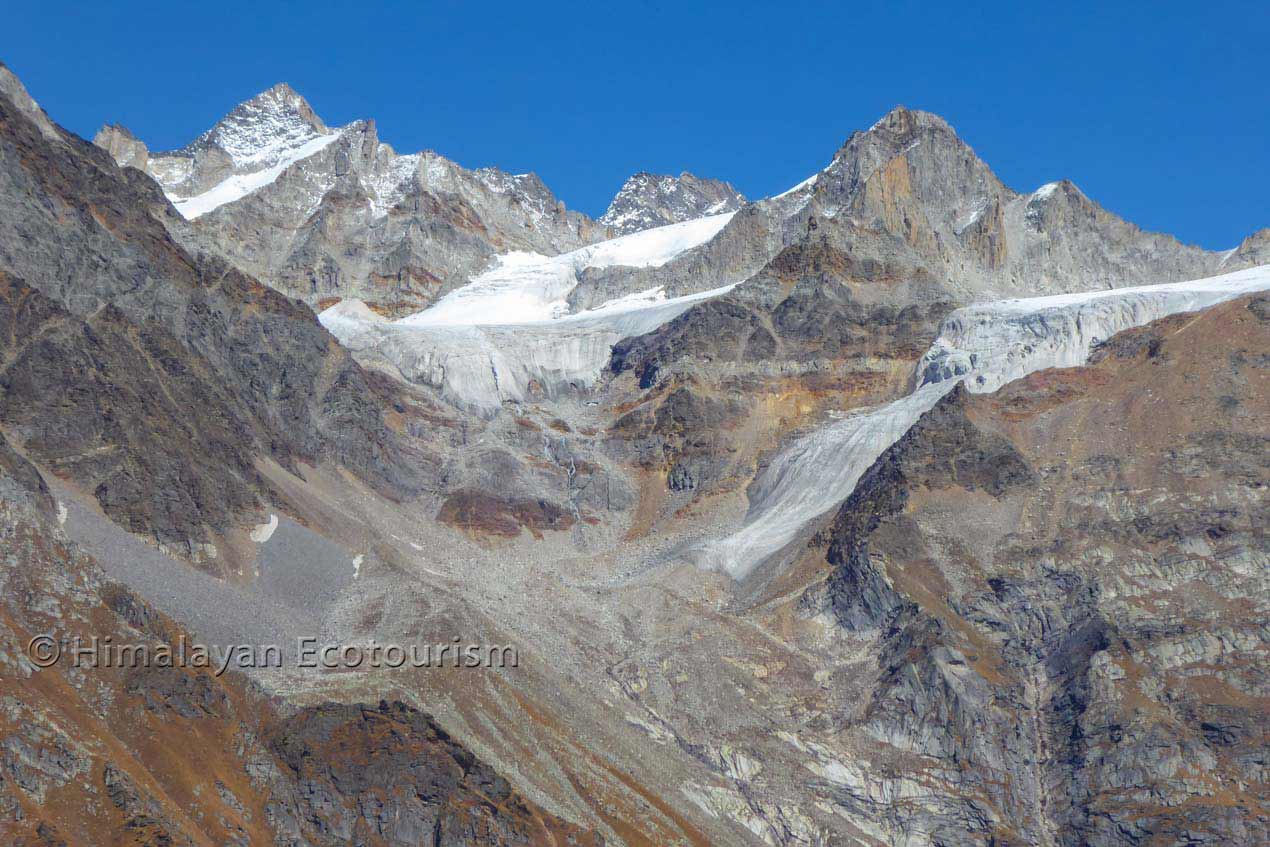


Lokesh Irabatti
I don’t have words to describe the trek. The stunning trail and the magnificent views that Tirth offers! I strongly feel that the amazing way in which Himalayan Ecotourism put this trek, enhances the trek experience. The small group of 4 ensured that the guide attended to us actively while we enjoyed the serenity. If you wish to enjoy a place to the fullest and avoid huge groups, look no further than Himalayan Ecotourism
October 15, 2023 at 7:37 pm